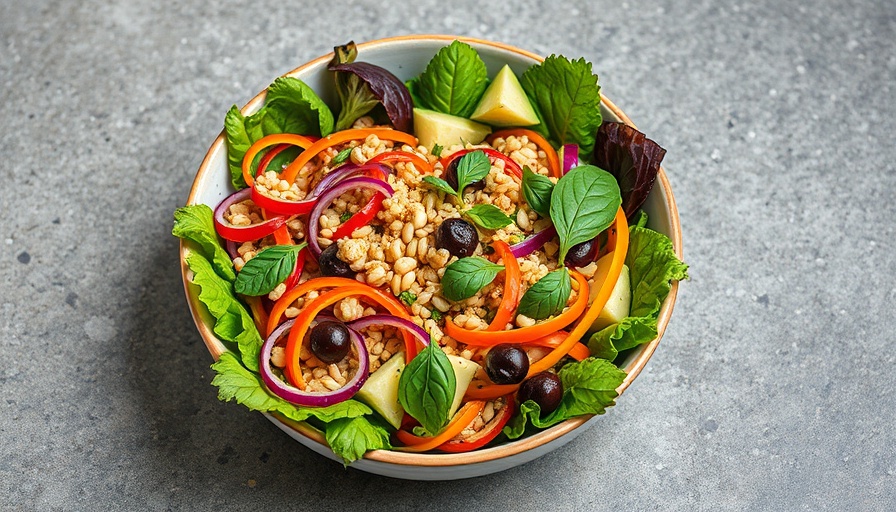
The Rising Tide of Fatty Liver Disease
Once a condition primarily associated with excessive alcohol consumption, nonalcoholic fatty liver disease (NAFLD) is becoming alarmingly ubiquitous, affecting up to 80% of obese children according to recent studies. With obesity rates rising, particularly among youth, the urgency to address NAFLD has never been higher. Yet, many remain unaware of this silent yet dangerous condition that can progress into liver scarring and even liver cancer.
Understanding the Sources of Liver Fat
So, what causes fat to accumulate in the liver? The primary culprits are:
- Excess Sugar: A diet high in added sugars significantly exacerbates liver fat accumulation.
- Excess Fat: Consuming too much saturated fat leads to similar outcomes.
- Excess Body Fat: Fat that spills over from body stores also contributes to NAFLD.
Research indicates that reducing sugar intake can result in substantial improvements in liver health. For instance, adolescents with fatty liver exhibited marked recovery after adhering to a diet low in free sugars for just eight weeks.
The Impact of Dietary Fats
The amount and type of dietary fats consumed also play crucial roles in liver health. Evidence from randomized trials shows that participants on low-fat diets reported a significant reduction in liver fat. Those consuming high-fat diets, on the other hand, experienced alarming increases in both liver fat and insulin resistance. This finding underscores an important lesson: while promoting healthy fats in our diet is a common trend, it is critical to distinguish between saturated and unsaturated fats.
Recognizing Common Misconceptions
Many people believe they should follow high-fat, low-carb diets for weight loss, however, these methods can sometimes worsen or induce NAFLD. This misconception highlights the necessity for balanced approaches to nutrition. Studies have shown that replacing saturated fats with healthier plant-based fats—such as those found in nuts and avocados—can lead to better outcomes.
Choosing a Diet That Heals
For individuals seeking to prevent or manage NAFLD, it's essential to focus on a balanced diet rich in:
- Whole Grains: Foods like barley and oats help regulate blood sugar levels.
- Legumes: Beans, chickpeas, and lentils provide essential protein while contributing healthy fibers.
- Fresh Vegetables and Fruits: These are colorful, nutrient-packed choices that combat inflammation and support liver health.
Incorporating these foods not only addresses liver health directly, but also encourages overall wellness.
A Positive Outlook for Liver Health
As awareness of NAFLD grows, understanding the **relationship between diet, lifestyle, and liver function** empowers individuals to make informed health decisions. Many may not realize that making simple dietary swaps can significantly enhance overall health outcomes.
Moving Forward: Take Action!
Feeling overwhelmed about dietary changes? Start small! Begin by effectively reducing your sugar and saturated fat intake. Emphasize whole food options, and don't shy away from seeking professional guidance to develop a nutrition plan that aligns with your health goals.
The journey towards health doesn’t have to be a lonely one. Involve family and friends in this lifestyle change—share healthy meal ideas, cook together, or even start a local food community. By supporting one another, you're more likely to succeed and thrive on the path to better liver health!
 Add Row
Add Row  Add
Add 




 Add Row
Add Row  Add
Add 


Write A Comment